10 Surprising Facts About a Dog’s Sense of Smell
In the realm of sensory capabilities, the canine nose stands as a marvel of biological engineering. Dogs have been our companions for millennia, and one of their most astonishing attributes is their olfactory prowess. This article delves into the world of the canine nose, uncovering 10 intriguing insights that reveal surprising facts about this remarkable sense organ. From their evolutionary adaptations to their roles in modern society, the canine nose is a subject of endless fascination. As we embark on this exploration, we will uncover the science behind their sniffing abilities, their role in human history, and their future potential in various fields.
1. Evolutionary Origins: The Nose Knows
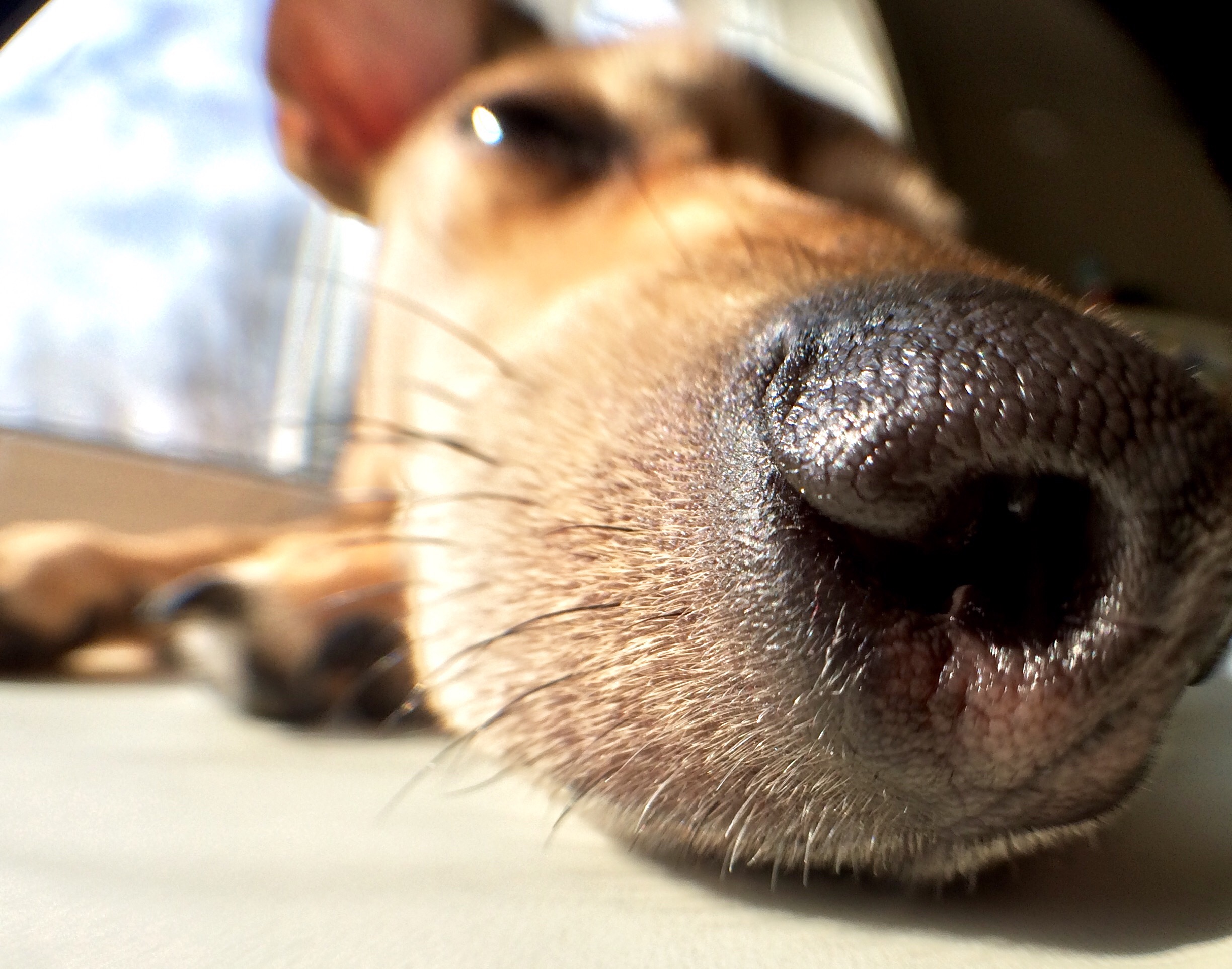
The evolution of the canine nose is a tale of adaptation and survival. Dogs, descendants of wolves, have honed their olfactory abilities over thousands of years. This evolutionary journey has equipped them with a nose that can detect a staggering array of scents. Unlike humans, who rely heavily on sight, dogs perceive the world primarily through smell. This adaptation has been crucial for hunting, navigating, and communicating. The structure of a dog's nose, with its intricate folds and large surface area, is designed to capture and analyze scents with incredible efficiency. Understanding this evolutionary background provides a foundation for appreciating the complexity of the canine nose.
2. Anatomy of a Super Sniffer
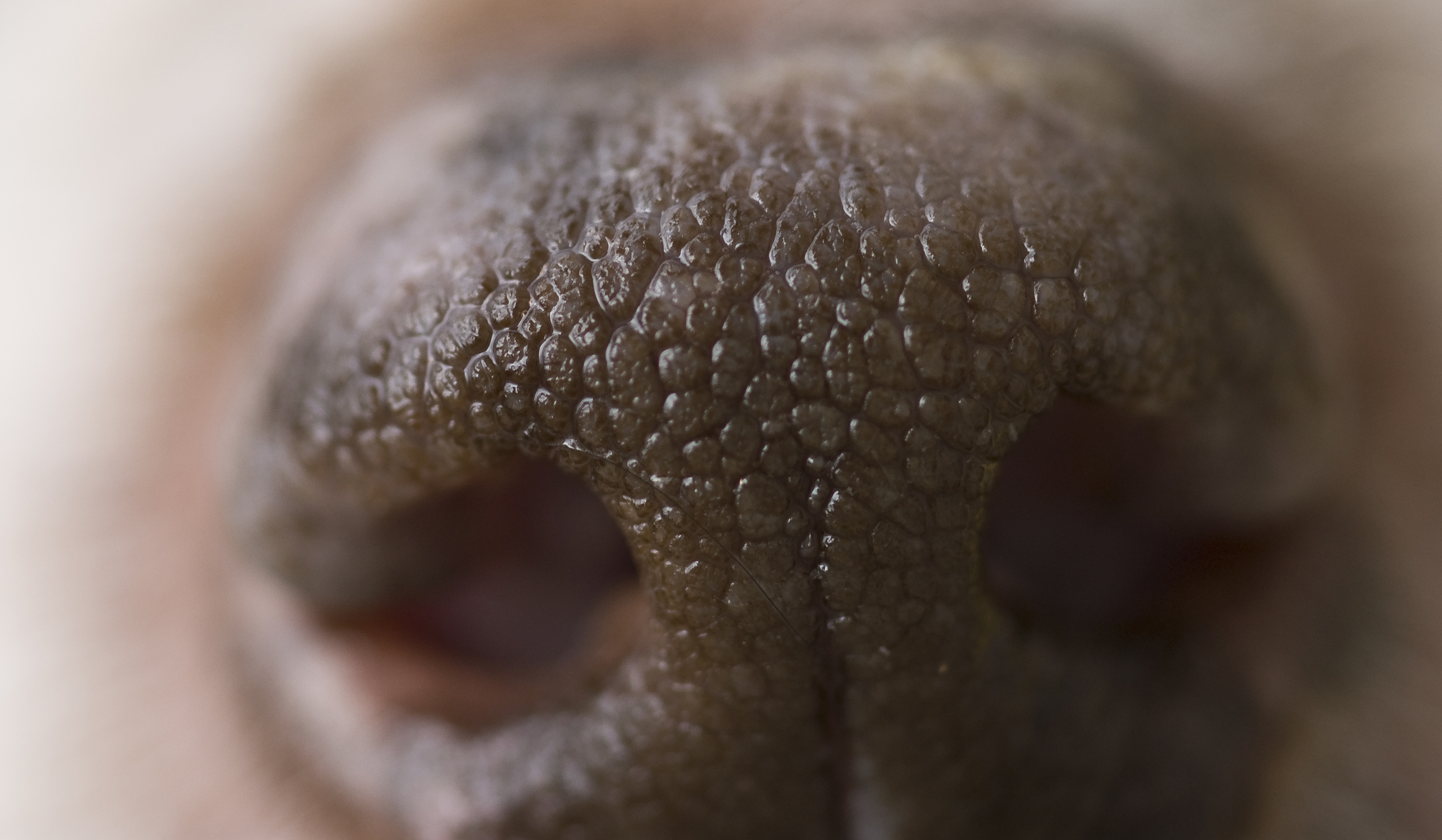
The anatomy of a dog's nose is a masterpiece of natural design. Within the nasal cavity, dogs possess a specialized olfactory epithelium that is densely packed with receptor cells. These receptors are responsible for detecting odor molecules, and dogs have up to 300 million of them, compared to a human's 5 million. This vast number of receptors allows dogs to detect scents at incredibly low concentrations. Additionally, the vomeronasal organ, located in the nasal cavity, plays a role in detecting pheromones, which are crucial for communication and reproduction. The dog's brain is also wired to prioritize olfactory information, dedicating a significant portion of its cerebral cortex to processing smells.
3. The Science of Scent Detection
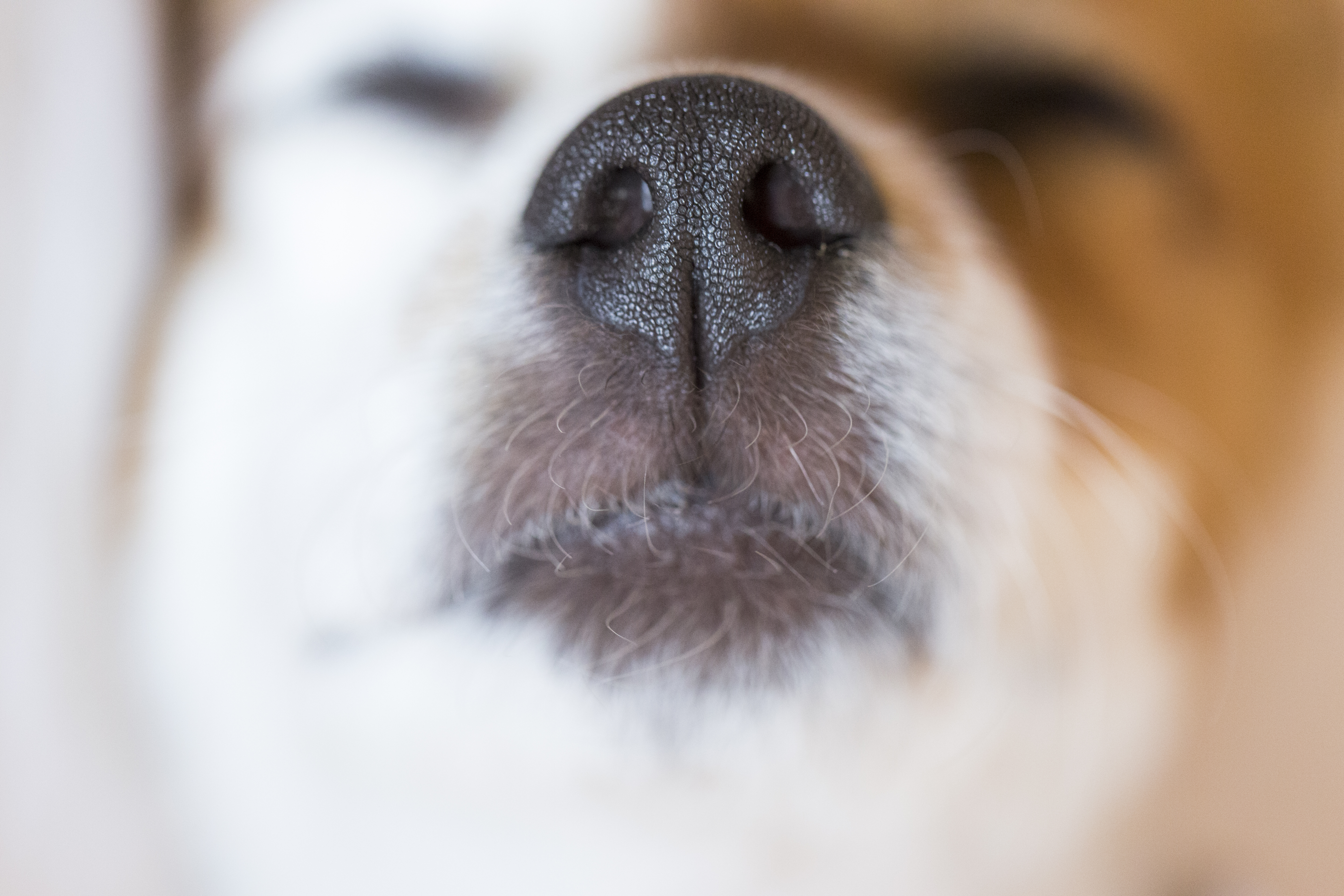
The process of scent detection in dogs is a sophisticated interplay of biology and chemistry. When a dog sniffs, it draws air into its nostrils, where odor molecules are trapped by mucus and bind to receptors. This triggers a cascade of neural signals that are processed in the brain. Dogs can discern individual components of complex scents, allowing them to detect specific odors even in the presence of other smells. This ability is aided by their ability to sniff rapidly, taking in up to 300 breaths per minute. This rapid sniffing creates a continuous flow of air, enhancing their ability to detect and analyze scents.
4. The Role of the Nose in Canine Communication
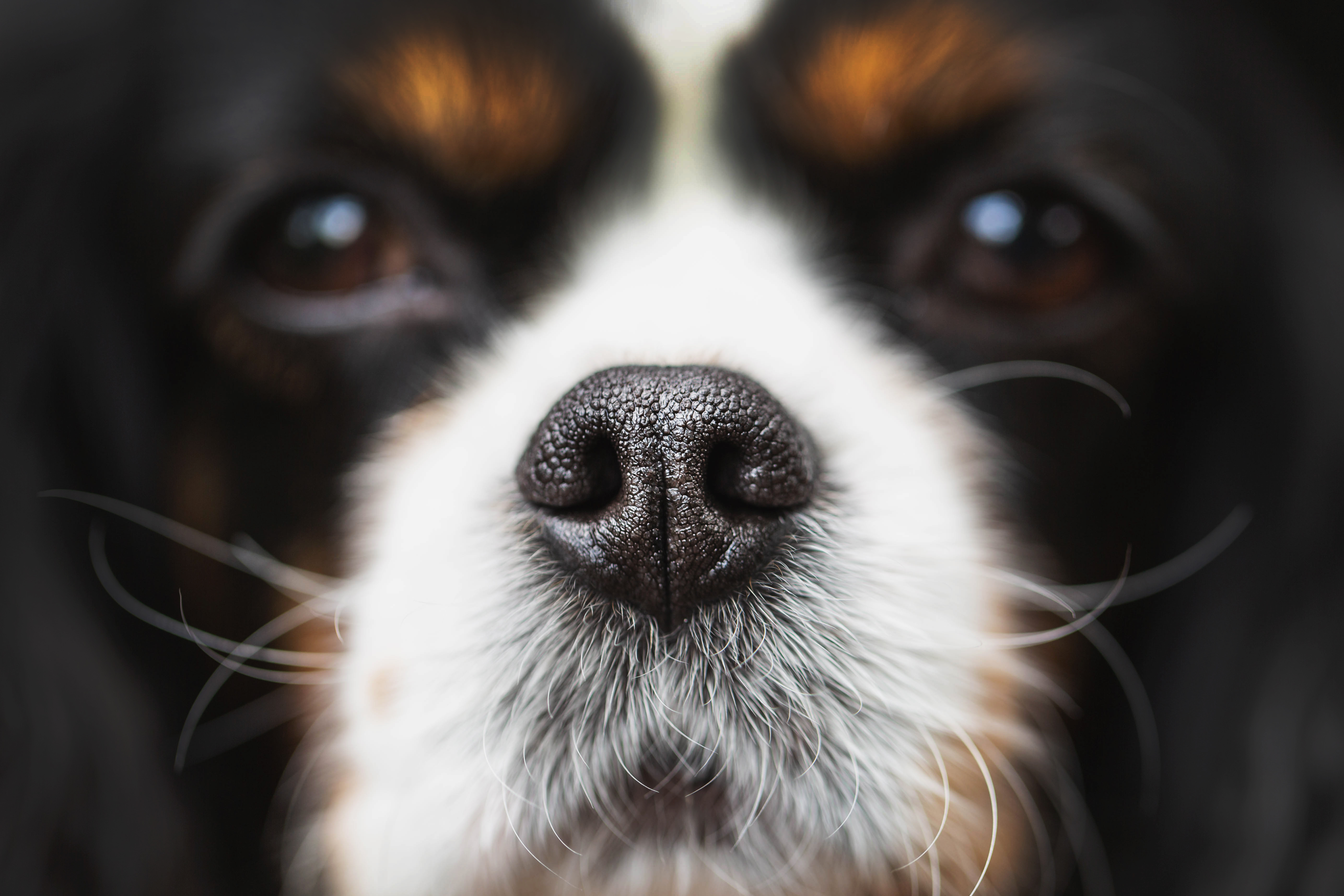
For dogs, the nose is not just a tool for detecting scents but also a means of communication. Through scent, dogs convey information about their identity, reproductive status, and emotional state. The act of sniffing is a social behavior, allowing dogs to gather information about other animals and their environment. Scent marking, where dogs deposit pheromones through urine or feces, is a way of establishing territory and signaling presence to other dogs. The ability to detect and interpret these chemical signals is crucial for social interactions and maintaining social hierarchies within packs.
5. Scent and the Canine Brain
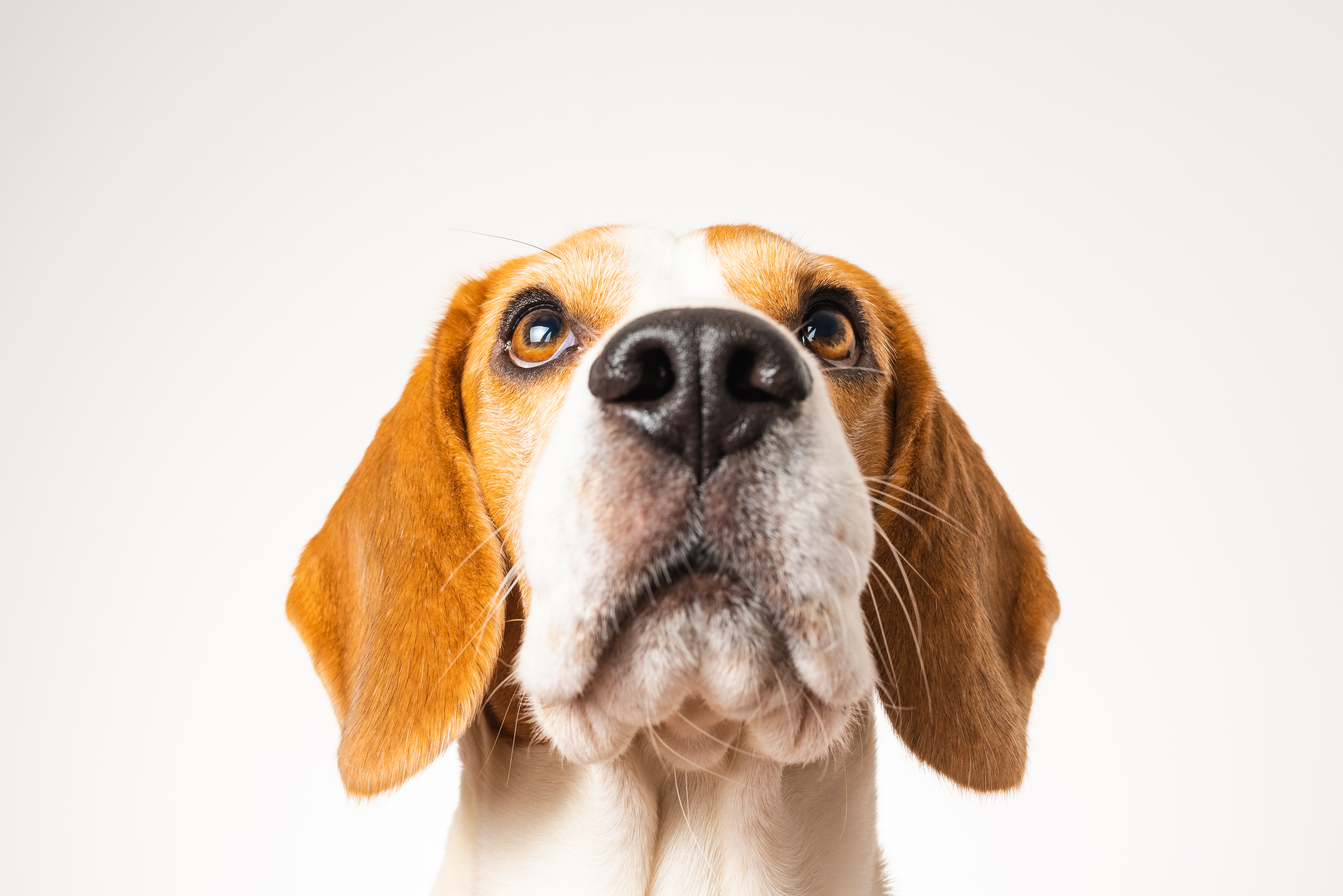
The connection between scent and the canine brain is profound. The olfactory bulb, a structure located at the front of the brain, processes olfactory signals and is proportionally larger in dogs than in humans. This suggests that dogs experience the world primarily through their sense of smell. The olfactory bulb is linked to the limbic system, which is involved in emotion and memory. This connection explains why scents can trigger strong emotional responses in dogs and why they can remember scents associated with specific events or individuals. The brain's ability to process and store scent information is a testament to the importance of smell in a dog's life.
6. Dogs as Detection Experts
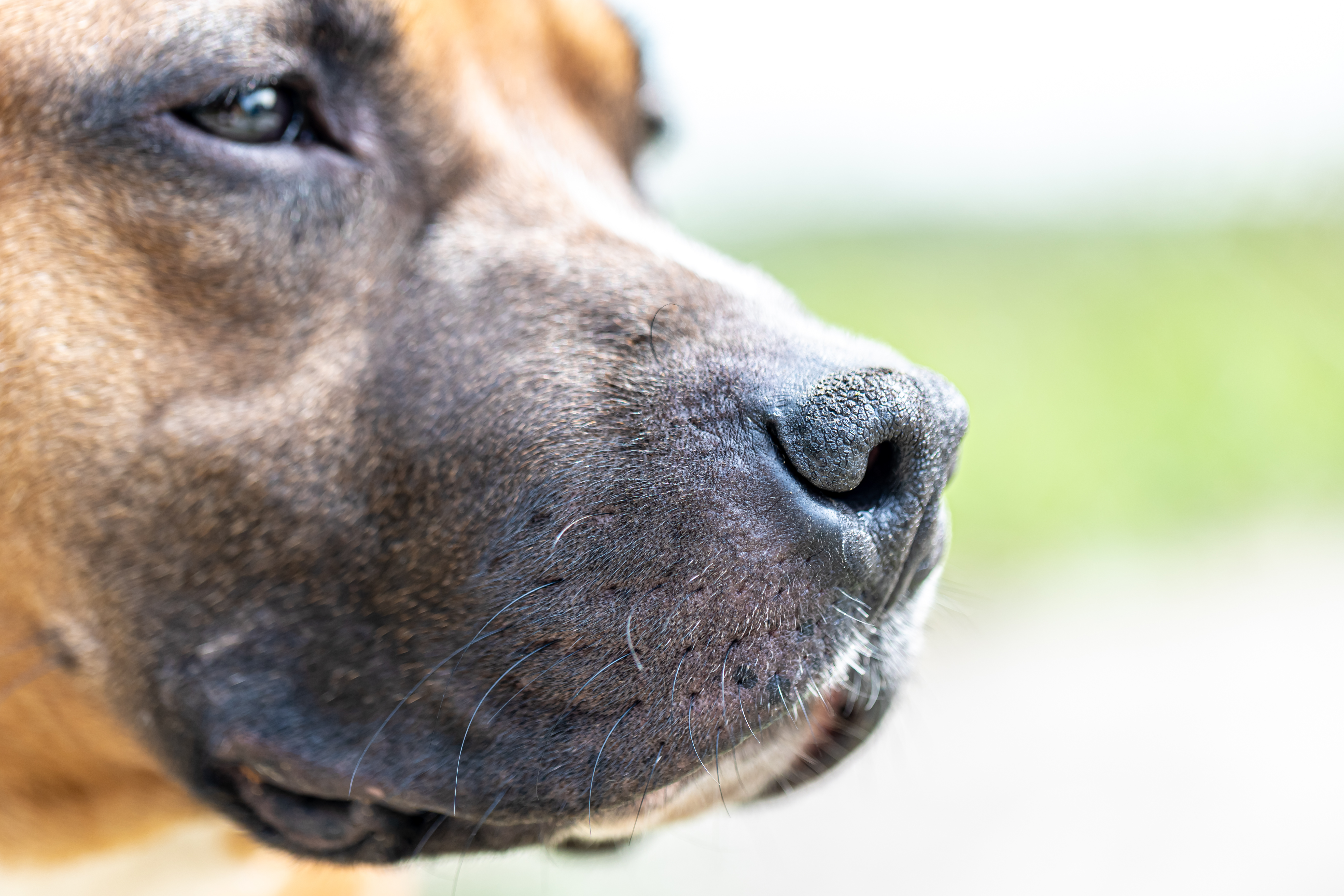
The incredible olfactory abilities of dogs have been harnessed for a variety of detection tasks. From search and rescue operations to detecting explosives and drugs, dogs have proven to be invaluable partners. Their ability to detect specific scents with high accuracy makes them ideal for tasks that require precision and reliability. In recent years, dogs have also been trained to detect medical conditions, such as cancer and diabetes, by identifying changes in a person's scent. This emerging field of medical detection highlights the potential of dogs to contribute to human health and safety in new and innovative ways.
7. The Nose in the Wild: Hunting and Tracking
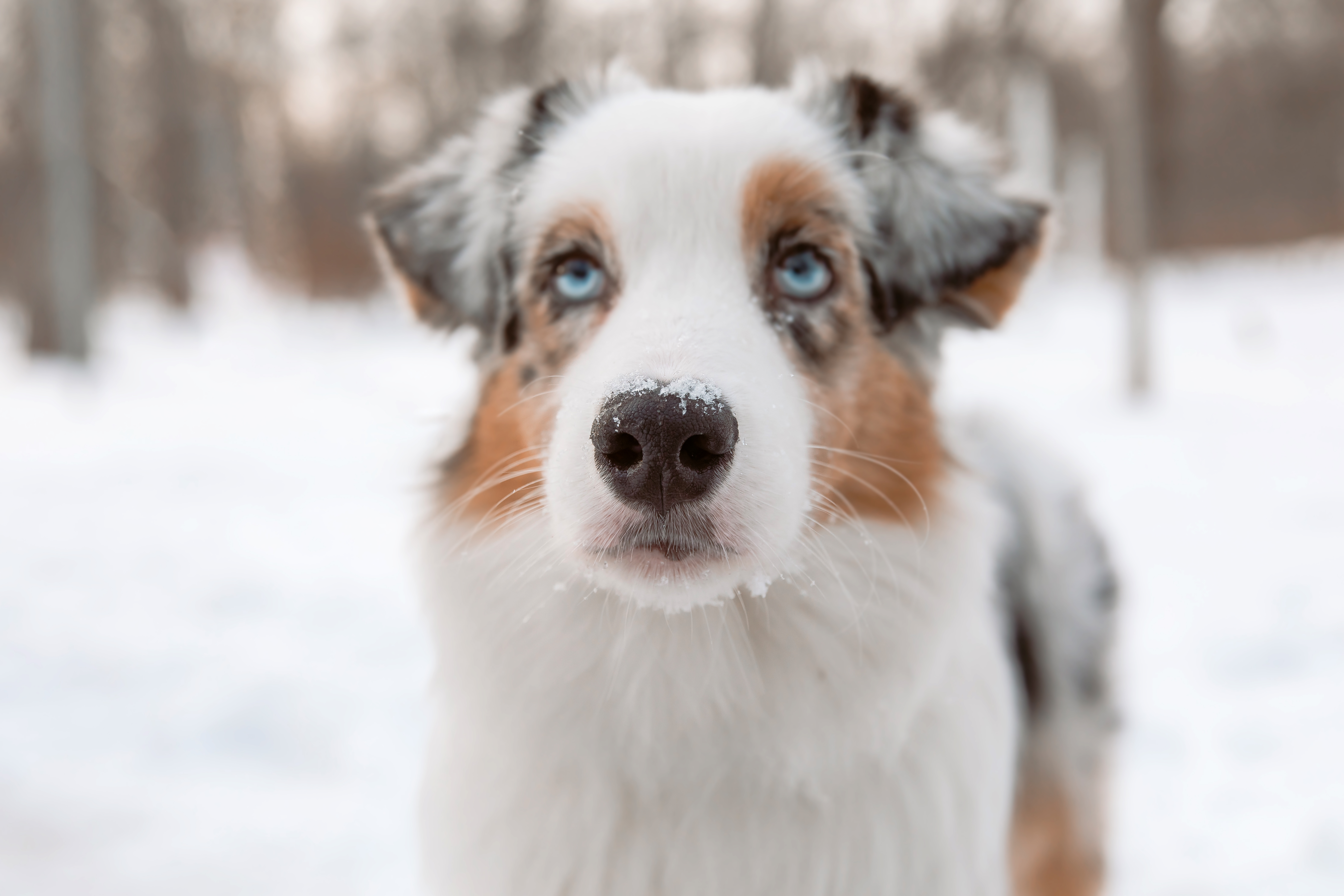
In the wild, the canine nose is an essential tool for hunting and tracking. Wolves, the ancestors of domestic dogs, rely on their sense of smell to locate prey and navigate their environment. Their ability to detect scents over long distances allows them to track animals and coordinate hunts with pack members. This skill has been passed down to domestic dogs, many of which retain strong hunting instincts. Breeds such as Bloodhounds and Beagles are renowned for their tracking abilities, using their noses to follow trails and locate game. The hunting prowess of dogs is a testament to the power and precision of their olfactory system.
8. The Nose and Human-Dog Bond
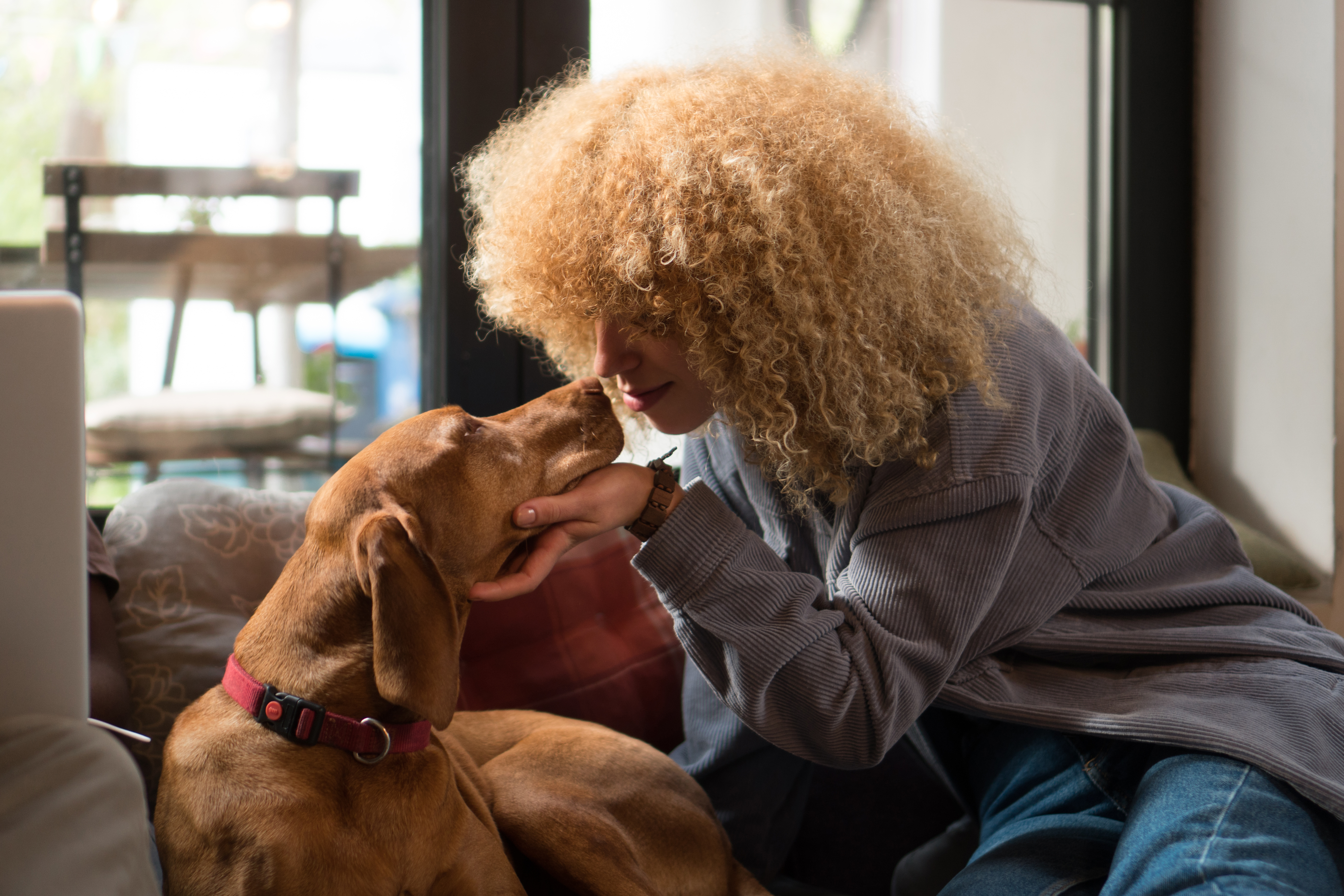
The bond between humans and dogs is deeply rooted in their ability to understand and respond to each other's scents. Dogs can detect changes in human emotions through scent, allowing them to provide comfort and companionship. This ability to sense human emotions is one reason why dogs are often used as therapy animals. The mutual exchange of scents also plays a role in strengthening the bond between dogs and their owners. Dogs recognize their owners by scent, and the familiar smell of a beloved pet can evoke feelings of comfort and security in humans. This olfactory connection is a key component of the enduring relationship between humans and dogs.
9. Training the Canine Nose

Training a dog to use its nose effectively requires patience and skill. While all dogs have the potential to be excellent scent detectors, training focuses on refining their natural abilities and teaching them to recognize and respond to specific scents. Positive reinforcement techniques are commonly used, rewarding dogs for identifying the correct scent. Training programs vary depending on the task, whether it be search and rescue, detection work, or competitive scent sports. The process involves building the dog's confidence, teaching them to ignore distractions, and developing a reliable alert behavior. Successful training harnesses the dog's innate abilities while fostering a strong working relationship between the dog and handler.
10. Future Potential: The Nose Knows No Bounds
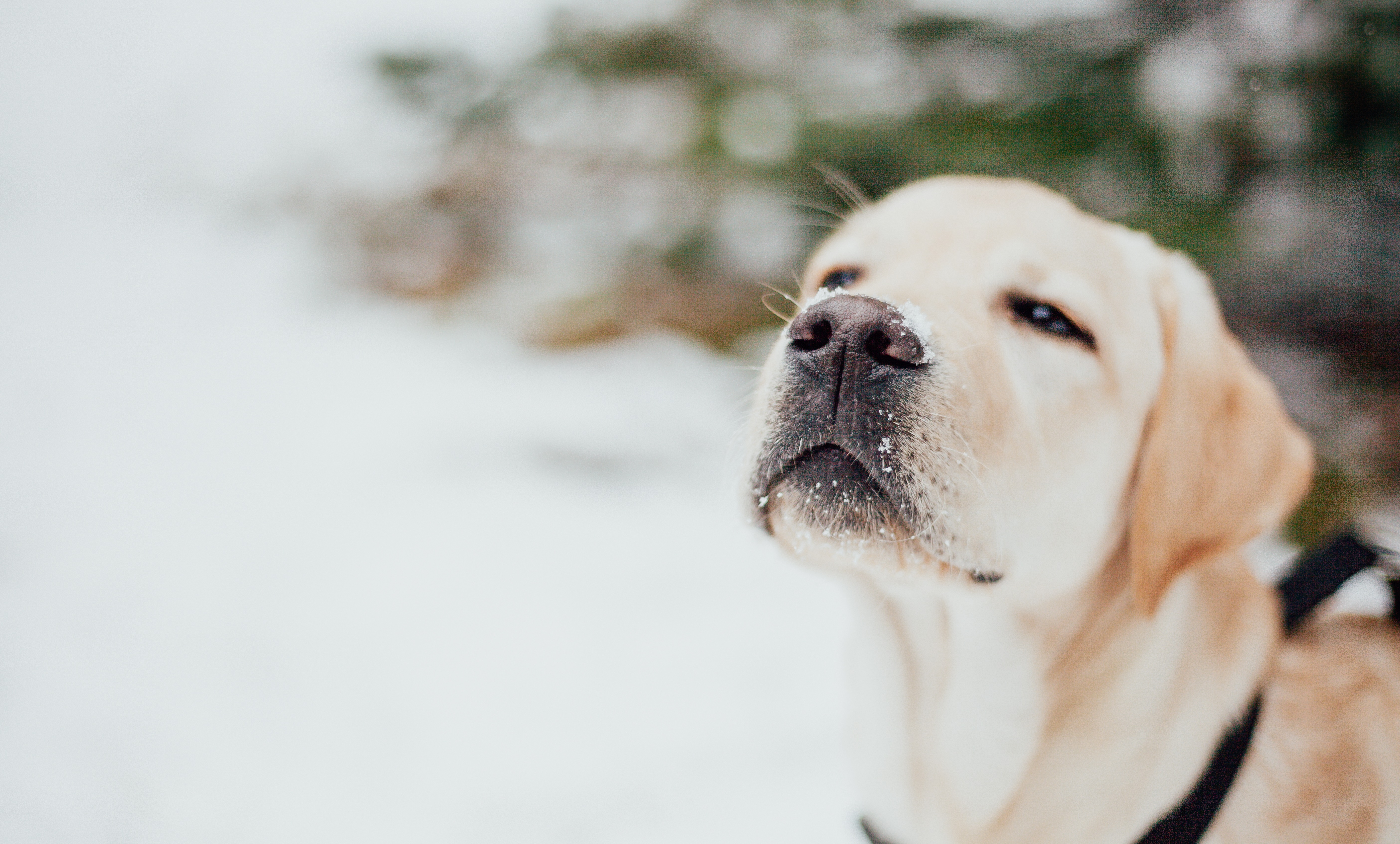
The future holds exciting possibilities for the canine nose. As our understanding of their olfactory capabilities grows, new applications are being explored. Research into the genetic basis of scent detection may lead to breeding programs that enhance specific olfactory traits. Advances in technology, such as electronic noses, may complement the work of detection dogs, creating powerful partnerships between biology and technology. Additionally, the role of dogs in medical detection is likely to expand, offering new ways to diagnose and monitor health conditions. The potential of the canine nose is vast, and its contributions to science, medicine, and society are only beginning to be realized.
Celebrating the Canine Nose

The canine nose is a testament to the wonders of evolution and the incredible adaptability of our four-legged companions. From their evolutionary origins to their roles in modern society, dogs have used their noses to navigate, communicate, and bond with humans. This exploration of the canine nose reveals a world of complexity and potential, highlighting the unique and invaluable contributions of dogs to our lives. As we continue to learn from and work alongside these remarkable animals, we gain a deeper appreciation for their abilities and the special bond we share. The canine nose is truly a marvel, deserving of recognition and celebration.







